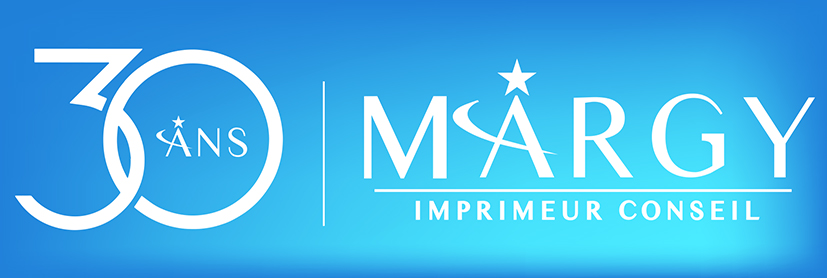Faced with the growing rise of digital, print advertising still holds a special place among professionals. In 2016, Mediapost Publicité published a survey showing that print is holding up well, with over 0.8% of advertising revenue for 2016. In fact, the trend has reversed compared with 2015, when there was a noticeable fall, with the survey revealing – 0.6%. The decline in addressed mail has also slowed, from -7.2% in 2015 to -0.4% in 2016. In recent years, communications agencies have given priority to digital media over paper. These agencies take a smaller share of the advertiser’s budget because of the costs associated with printing and distribution. They have also emphasised digital to the detriment of the results established by advertisers.
State of play
Some have relegated advertising mail to the dustbin. Is it considered obsolete? No, because if you think about how to benefit from its advantages, you’re on the right track. It is essential to synchronise it correctly with the latest digital communication tools. And yes, paper is resisting: in 2014, 3.3 billion mailings and 21 billion leaflets were deposited in our letterboxes. The current era is dominated by social networks, email, SMS advertising and other media. The question is, does paper still have a serious future in marketing?
According to the director of an agency that specialises in communication strategies for brands and retailers, the answer is yes. However, it is vital to use paper in the right way and to reach the right consumer, with precise targeting. It also needs to be combined intelligently with today’s digital tools.
The return of printed advertising
For the retail industry, printed advertising is the perfect drive-to-store medium. As the main driver of drive-to-stop shopping, print advertising provides direct access to promotions. It is promotional, experiential, targeted and premium. Retailers are using it as the ideal way to promote a product, choosing to create affinity by offering a sample. Representing 9% of advertisers’ media spend, print accounts for 29% of the mass retail media budget.
Print is truly perceived as the medium of purchasing power. Consumers do not systematically throw it away, and it is not intrusive. So customers consult it when they want to. The quality of the paper, printing and ink enables advertisers to stand out from their competitors. For the consumer, different senses are awakened, such as sight, touch, smell and making an object their own. In this way, paper reveals an experiential side, unlike digital. In fact, if customers want to pay attention to a product, they will prefer paper.
The solution: combining paper and digital
Mail reveals all its importance when combined with digital to produce hyper-targeting. The customer will feel valued because, in addition to their paper information, they will receive a quality mailing. For product promotion, this combination is highly effective for branding. Another process, mail retargeting, is an example of the democratisation of tools. In short, paper has a number of assets, because it is innovative, connected, olfactory and augmented.
Proprietary media have launched the magalogue, innovations adapted to the catalogue. Paper is being reinvented to focus on quality, personalised and relevant content.
Other articles :
- Digital revolutionises sample advertising
- Bags for advertising
 01 44 52 02 02
01 44 52 02 02
